Territorial Paleontological Museum of Asti - Fossil Museum
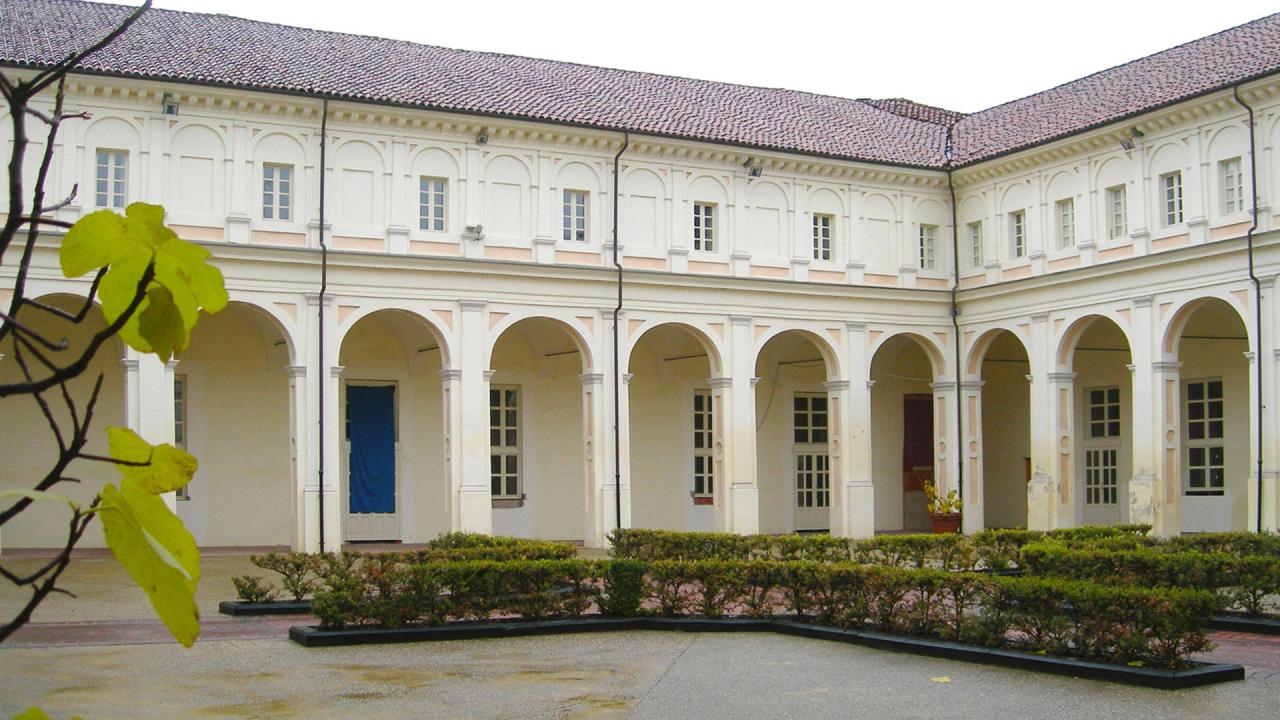
The paleontological value is perhaps the naturalistic aspect that most distinguishes the Asti area. The hills of Asti are formed by sediments of the Pliocene Basin of Asti, dating back to the Pliocene period, (between 5.4 and 2.6 million years ago), sandy and clayey deposits very rich in fossils, including remains of vertebrates and marine and continental that has made this territory famous, internationally, for more than two centuries.
The Territorial Paleontological Museum of Asti (Fossil Museum) tells the fascinating story of how the territory of central-southern Piedmont was formed, namely Asti and Monferrato. It is also the only Piedmontese structure that intervenes directly in the safeguarding of paleontological emergencies.
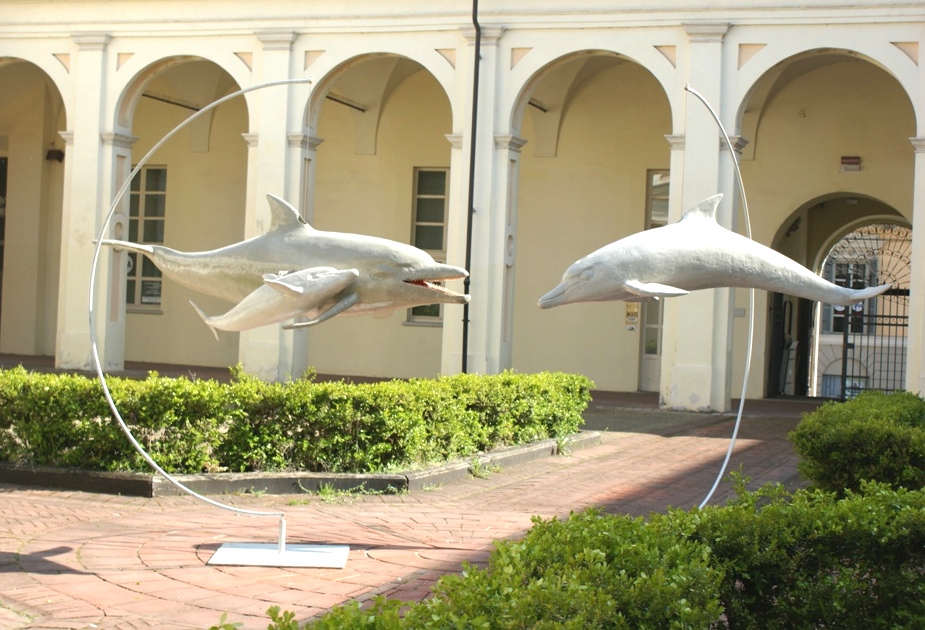
The museum has an important paleontological collection made up not only of the exhibits but also of over 14,000 state-owned fossil specimens from Asti. These are visible inside the museum collection drawers upon specific request. The collection is divided by place of origin and offers a complete picture of the paleontological heritage of the Asti area.
Added to these are the finds from excavation campaigns and specific recovery interventions, especially some skeletal remains of marine mammals.
The samples on deposit belong mainly to the Pliocene era.
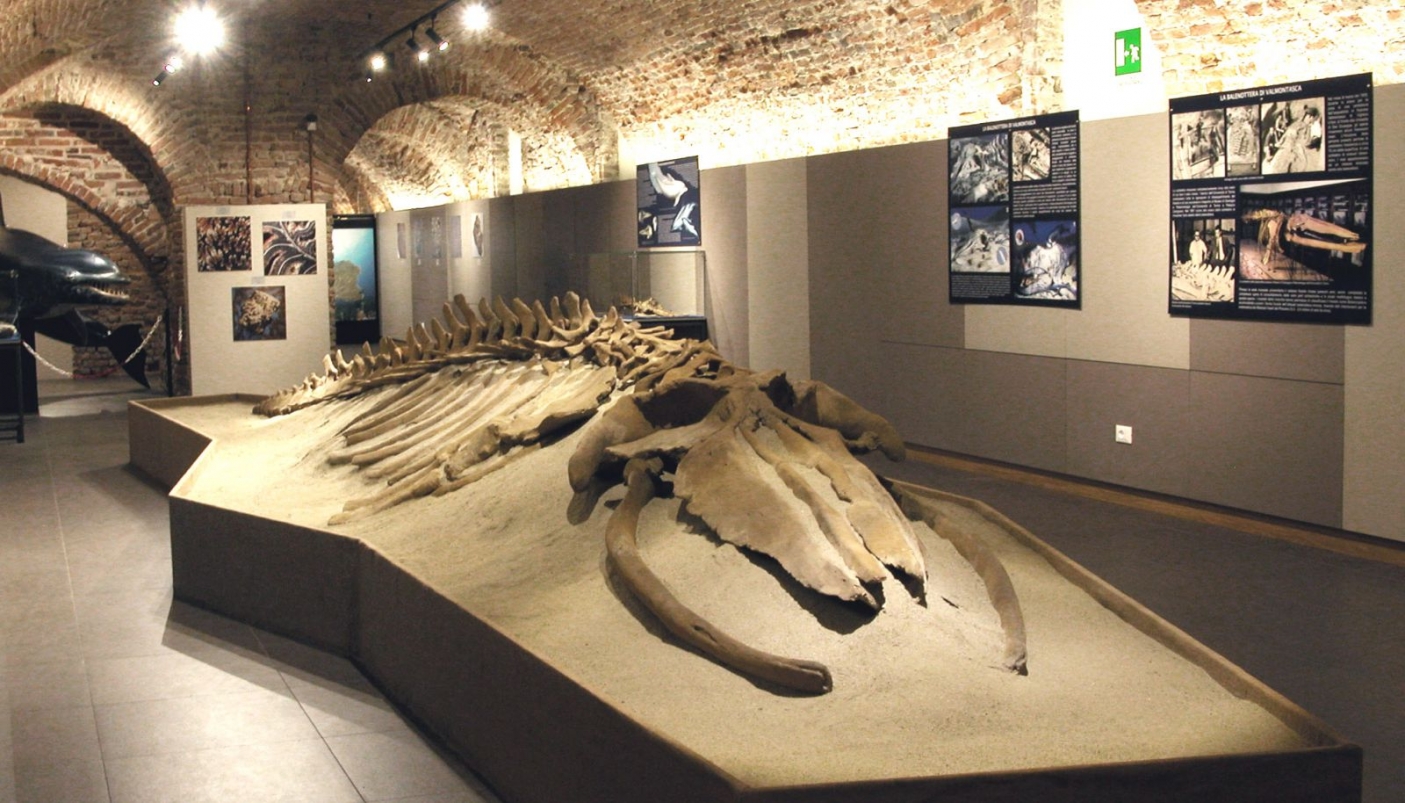
Of absolute importance is the complete collection of fossil cetaceans from the Asti area found in the last 55 years in Piedmont, one of the most important in Italy.
The interior today divided into two floors, preserves the large fresco depicting the Glory of Paradise, the work of Gian Carlo Aliberti (1670-1727), a leading figure of the Asti Baroque art.
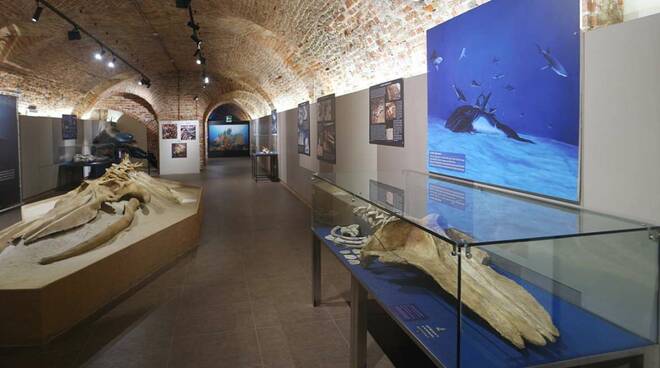
The foundation of this complex dates back to 1524, by the will of the noble Guttuari family from Asti, based on a project by Vincenzo Seregno, engineer of the Fabbrica del Duomo in Milan. In the following years, noble devotees of the monastery enriched the building and in particular the canon of the cathedral Alfonso Asinari commissioned the paintings of the chapel of the church dedicated to the Nativity of Our Lord in 1612 by testamentary disposition.
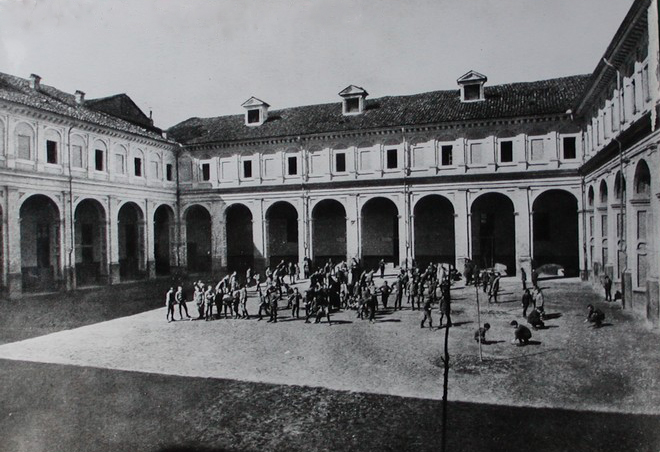
The current temporary layout of the Museum includes two sections: the first section is on the mezzanine floor and presents general and territorial paleontology. The latter describes the most important geo-paleontological events of the last 25 million years, between the Miocene and Pliocene, with an overview of the main organisms, especially molluscs, that characterized past environments.
The second section exhibits the fossil skeletal remains of cetaceans from Asti, both mysticetes (whales) and odontocetes (dolphins), dating back to the Pliocene period (between 5.3 and 1.8 million years ago) when the entire Po Valley was occupied by the sea.

The Museum is housed in the "Palazzo del Michelerio", originally a monastery dating back to the mid-16th century and currently owned by the Territorial Company of the House of Asti.
About an hour is enough to complete the museum tour.
Map: Territorial Paleontological Museum of Asti - Fossil Museum
Address: Palazzo del Michelerio, Corso Vittorio Alfieri, 381, 14100
Asti (AT) Piemonte
Latitude: 44.89890360706005
Longitude: 8.19701850414276
Site: https://www.astipaleontologico...
vCard created by: CHO.earth
Currently owned by: CHO.earth
Type: Building
Function: Museum
Creation date:
Last update: 24/06/2022